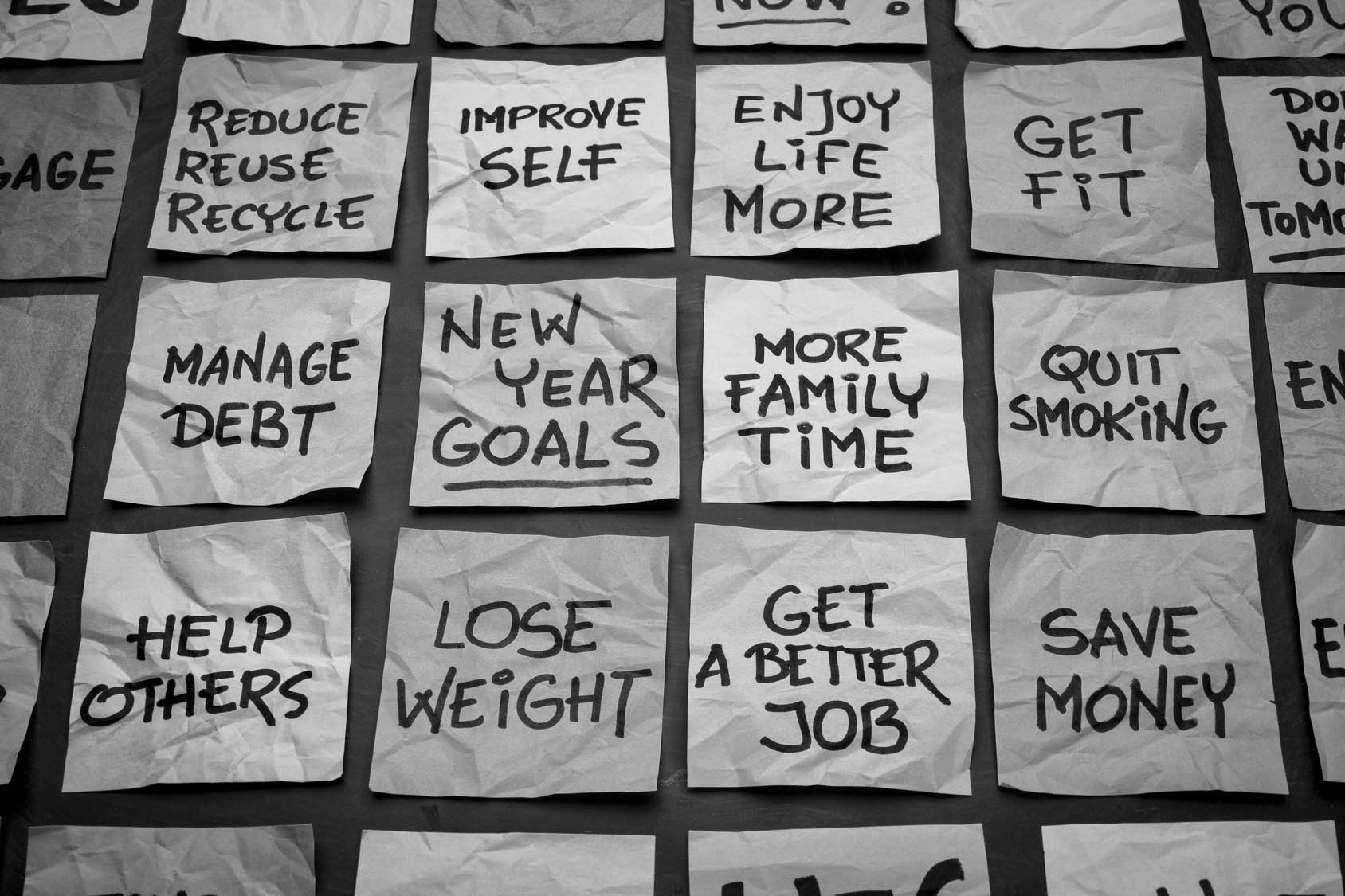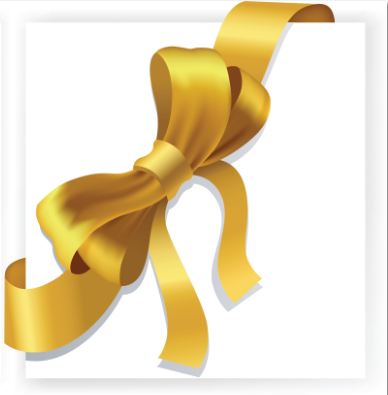This is the time of year when many people think about the year(s) past and try to figure out how they what things to be different in the coming year(s). This usually revolves around how that person wants to be different – that is, how they can change their behavior and/or way of thinking to create the life that they want.
However, many people get bogged down right off the bat because they don’t feel like they can figure out what it is that they want or how they want their life to be. This post contains some tried-and-true ways to get a better idea of what you want to do as well as how you may be able to get there by asking yourself some simple questions. You may be amazed by what you find…
Beginning the Journey
Changing the way you live can be a challenging and overwhelming experience at times. Reframing the situation can often help. Instead of burdening yourself with questions like “What am I going to do with my life?!”, start by taking a deep breath and thinking of this time as a chance to do some things you’ve always wanted to do, be more of the person you’ve always wanted to be, and a time to unite your current personal and financial responsibilities with the life you want to live.
Changing your mindset and approaching life as an opportunity to do more of what you enjoy is the beginning of a larger journey, a journey in which you will not only transform your life, but one in which you begin to transform those around you and the larger world community.
But, before you can influence and affect the world around us, you have to start by becoming more of who you want to be. This entails putting together a practical plan with which you can transform your life from what it is to what you want it to be. Note, this is NOT an exercise is shedding your responsibilities and commitments in the hopes of finding some utopian lifestyle. However, it is a way to look at your responsibilities and commitments in a new light and see how you can transform those that are important to be more fulfilling and rewarding and possibly finding ways to eliminate or reduce those responsibilities that have passed their useful purpose.
Begin by working your way through the following questions. You may want to get yourself a journal or notebook to record your answers and thoughts, as this is a process you will likely want to repeat and revisit throughout the year.
There are seven steps in this exercise:
- Mentally step outside your present way of life. Start by imagining yourself outside of your present routine. Expand upon the daydreams you’ve had before & envision yourself totally on your own—with none of your present possessions, family, career, social commitments, debts, or contracts. In other words, you’re completely free to go in any direction that you choose. Let your imagination run free.
- What would you do? Ask yourself what you’d do with this totally free situation. Where would you go? What would you like to do for a living? What have you always wanted to do? What material things would give you pleasure?
Only one restriction should be imposed upon your dreams: You can’t make someone else be what you want him or her to be; this is about you and you alone at this point, with nothing to prevent you from trying anything you want. Calm your inner critic by realizing that this is an exercise in imagination and desire only; it is a tool to try and determine what you would like to do with your time here on earth. Use it as a tool and do not judge yourself if you find out you would like to change some things in your life. Dreaming and acting on those dreams are very different exercises. Allow yourself the flexibility to dream at this point; we will get to the action part later.
- What is your present life like? Now take a close look at your present situation. How do you spend your time? What activities are you currently engaged in? What is your work? Where does your money go? What do you do everyday? List the activities in your present life. Take as much time as you need – I would recommend sitting with these questions at least a week; keep adding to your list as you observe your daily life.
- Cross off everything in your present life that doesn’t appear in your dream life. If there’s something in your present life that isn’t part of the life you want for yourself, cross it off. There are obviously responsibilities you can’t just shed, like children or certain family obligations. There is nothing wrong with wanting something different. By seeing your present obligations with a renewed perspective, you can find innovative ways to make your present life more like the life you want to live. And for those things in your life that you can shed, all you need to find is a way to eliminate them—and we’re coming to that.
- What do you need to make your dream life possible? Estimate the requirements and costs of your imagined new life. How much time would be necessary to ready yourself for the profession you have in mind? How much money would you need to go where you want to be? What other resources are necessary for the kind of existence you’re dreaming of?
This is where a lot of people get hung up, saying things like “I don’t know how much time this or that will take.” Or “How am I supposed to know how much it costs?” Don’t get lazy – do some research and find out; put in a little effort and you’ll likely find what you are looking for. You can find out an awful lot in a very short period of time with a little effort on the internet. You’re not going to be held to these figures, but you do need to ballpark the time and resources involved. Besides, doing a little research on what you want to do and be will help you fine-tune your vision.
- What are your present financial assets and liabilities? Now is when we set aside your ideal world long enough to make an inventory of your current financial situation. What are your present assets? How much money can you freely spend as you choose? What is the worth of your present property (home, land, furniture, savings, car, appliances, and investments)? Now list your present liabilities. How much money do you owe? What other monetary obligations have you incurred—family support, leases, business liabilities, charitable pledges? Make your list complete; you need to know exactly where you stand. Don’t overlook any liabilities—you can’t eliminate them until you recognize them. If your assets are greater than your liabilities, the difference is your usable net worth—what you have available to meet the requirements of your new life. If you owe more than you have, you now have a concrete number to work with and you can use this same exercise to determine ways for you to eliminate your debt.
- Make changes. Eliminate present assets that aren’t on your dream list. Turn into cash all the material possessions that aren’t necessary to your ideal life – you no longer need them and can use the money to fund your dream. Eliminate all the activities that consume your time and money without contributing to the existence you really want. Don’t be afraid to give up things that are a part of an un-free life; change can be difficult, but not changing can destroy you. Anything you cherish can be reacquired later without the problems involved now.
Look at those things you own and ask yourself, “Do I really need this?” Sit down with your family or your kids or a close friend and go through this exercise with them. Let them see your vision of who you want to be and the life you want to live –they can be one of your greatest resources and sources of inspiration and courage when you need it.
The Journey Continues
Remember when we said this was the first step in a larger, longer journey. Well that journey continues when you have those you love and care about, those that will be with you along this journey, complete this exercise as well. Do this independently so you can each see where it is you want to go and be, then come together and create a group plan so you can all help and enable each other to get there. This process continues when families, groups, communities and nations take part in a similar exercise. It is that simple. But it starts with you taking the time and then having the courage to make a change.


